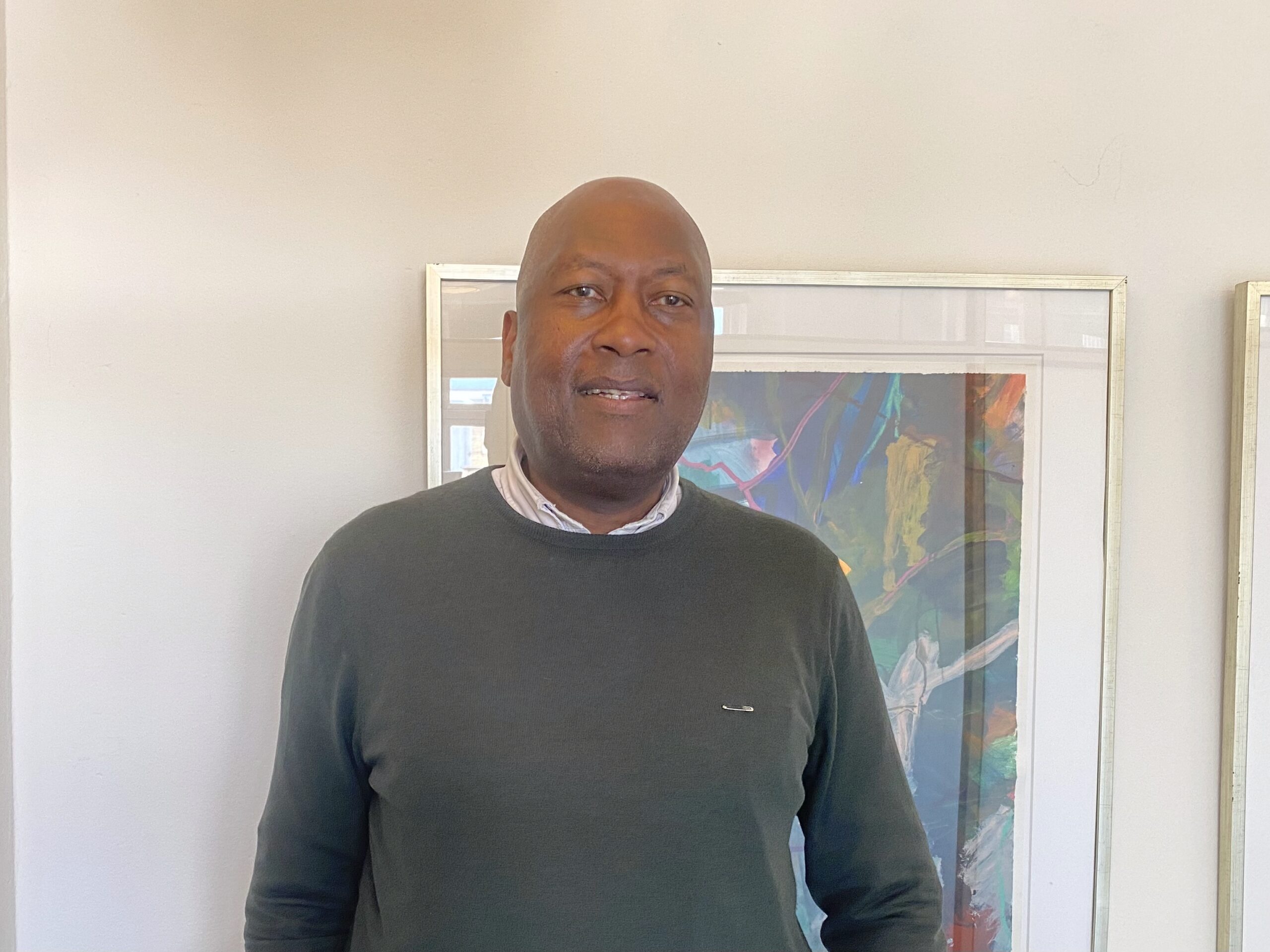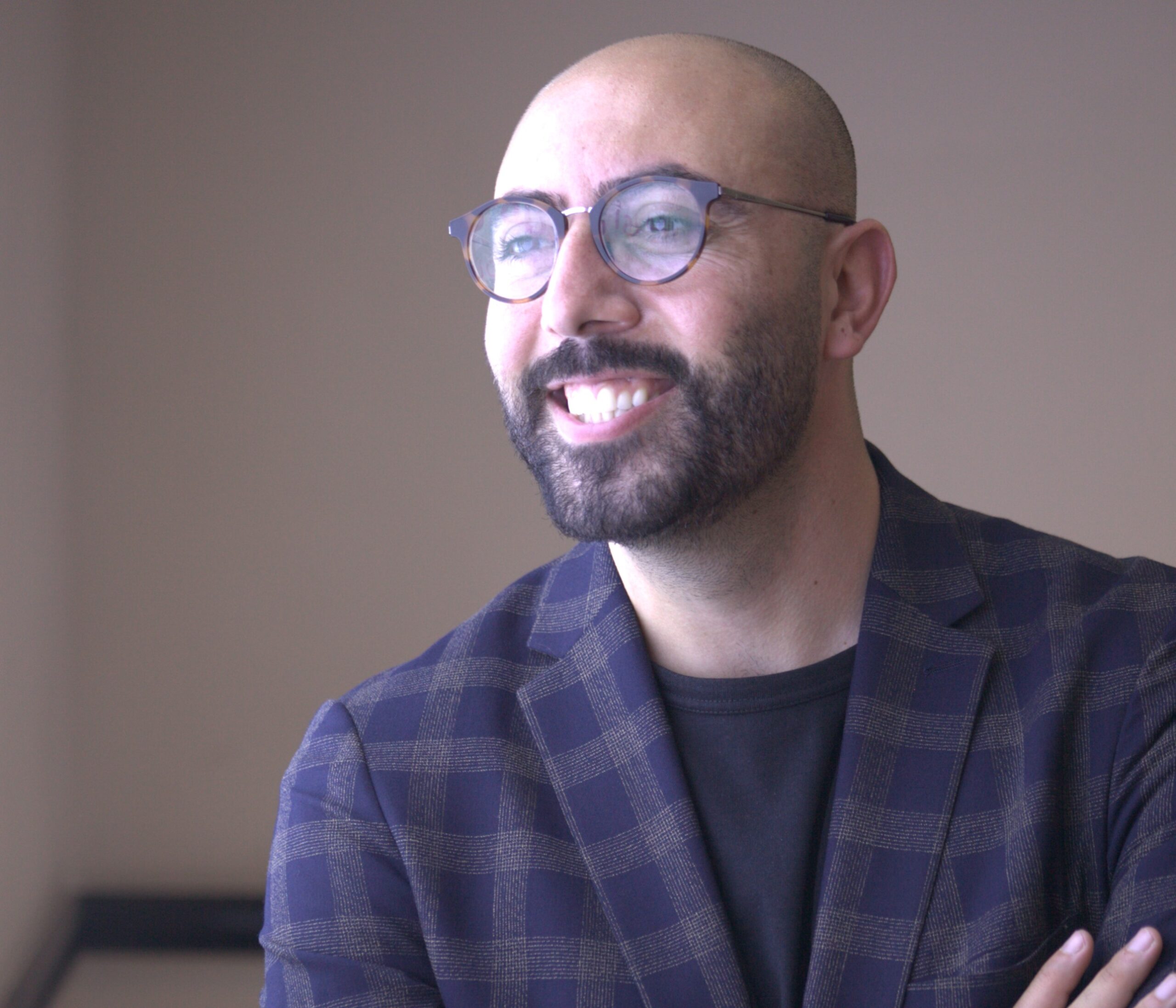The police in Copenhagen have blood on their hands.” That accusation was levelled last week by the renowned bicycle consultancy Copenhagenize. In a blog post, it argued that the police are a major obstacle in getting more Copenhageners on their bicycles and improving their safety once they’re on the street.
It’s a strong statement from the influential consultancy that has won international recognition for its work promoting bicycle use in cities. But after years of promoting Copenhagen as a success story, it now worries that the bicycle is losing out to its arch enemy, the car. In a series of articles, Copenhagenize has blamed politicians and the media for scuppering the government’s plan to introduce a congestion ring for Copenhagen that would reduce car traffic.
Fewer cars means fewer accidents with bicycles, it argued.
And it has also accused Copenhagen Police of arbitrarily dismissing proposals that would improve bicycle mobility in the city. While the City Council determines where roads will be placed, the police are solely responsible for approving changes to traffic rules. They can veto any proposal the council makes and have shot down proposals to allow bicycles to turn right at red lights and ride against the flow of traffic on one-way streets where cars park on both sides.
Both proposals are aimed at making cycling easier in the city. But according to Lars Barfred, a columnist for Copenhagenize and a traffic consultant for the local environmental group Miljøpunkt Nørrebro, the police vetoed these proposals because they would have affected car mobility.
“When the police prioritise traffic in Copenhagen, they put car mobility ahead of bicycle safety,” Barfred said. As an example he cites the decision not to allow cycle paths to continue into an intersection if it would mean losing a right-hand turning lane for cars. This means bicycles and cars share the traffic at intersections where the vast majority of accidents occur.
“They are also fully against bicycles going both ways down one-way streets unless you remove parking on one side of the road. The council doesn’t want to give up on parking, so cyclists are forced onto the larger streets, which are more dangerous.”
Copenhagenize argues that there is no evidence to suggest that allowing bicycles to turn on red or cycle against the flow in one-way systems is unsafe. Not that it matters, because the police are not required to provide evidence supporting their veto on changing traffic regulations on the basis of safety.
“The police do not have to approve of any changes [and] do not have to give any reasons,” said Harry Lahrmann, an associate professor at the department of development and planning at Aalborg University, adding that he was worried about this absolute power held by the police.
“It’s strange that you have elected politicians who don’t have the power to make traffic plans they want to make,” Lahrmann said. “Over the past 20 or 30 years, I have been saying that we should remove some of the decision-making from the police. It’s problematic that the council has the responsibility for how the city works, but does not have all the tools it needs.”
Lahrmann identifies speed limits as a typical example of the police’s refusal to support changes to Copenhagen’s traffic rules despite evidence that doing so would improve safety and mobility.
“Copenhagen City Council has wanted to reduce the speed limit to 40 kilometres an hour for many years, but the police don’t want to give their permission.
From a traffic safety perspective, it’s a good idea to lower the speed limit, but the police simply don’t want to enforce it.”
The police are less than sympathetic with views that they are stopping the city from implementing their traffic plans, however. Mogens Kærgaard Møller, the deputy commissioner for Copenhagen Police, argues that they are simply enforcing the law and keeping people safe.
“You have to stick to the law and right-hand turns for bicycles, for example, are simply not legal,” he said. “And as far as one-way traffic is concerned, there are at least 100 streets in Copenhagen where you can cycle against the traffic, so I can’t see what the problem is.”
Møller added that the police use experts to assess the potential impact of changes to traffic regulation. A rule of thumb is that different types of traffic need to be separated. So when the council wanted to allow bicycles to cycle the entire length of the inner city lakes, a line separating cyclists and pedestrians was first needed.
“Mixing different traffic cultures such as bikes, buses and cars increases the risk of people getting hurt. So with these proposals to change traffic regulations, we have to look at what the risk is that people would get hurt, and ask if there is an alternative solution,” Møller said.
Møller stressed that Copenhagen Police is on good terms with the council, despite their disagreements over what was best for drivers and cyclists. That message was echoed by Pia Preibisch Behrens, the head of the city’s Bike Office, though she agreed with Lahrmann that the police had too much power.
“We have previously recommended to the Ministry of Justice that it changes the law to make the police a consulted party instead of a party that has to consent [to the changes],” Behrens said.
She added that the police had vetoed a number of the City Council’s proposals, including reducing speed limits, letting bicycles ride down one-way streets without having to create a cycle path going in the opposite direction, and turning right at red lights at selected intersections.
Behrens pointed out that the city had invested heavily in bicycle infrastructure in the past year by building more and wider cycle paths, greener cycle routes and improving conditions at intersections.
But when it came to having full control of the city’s transport infrastructure, Behren’s message was clear.
“We think we are able to assess, on our own, what the different impacts would be of making the infrastructure changes we want in Copenhagen.”












